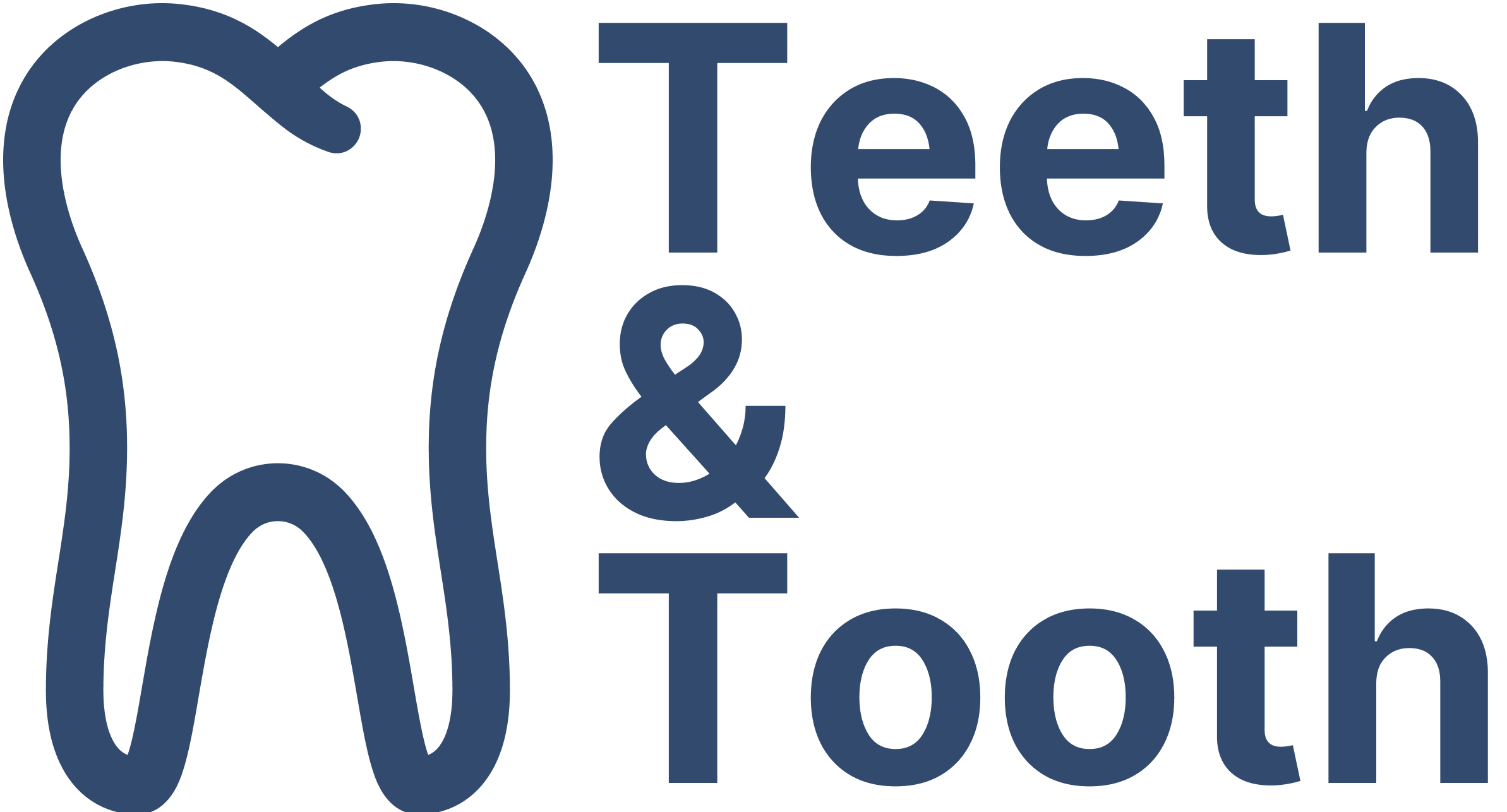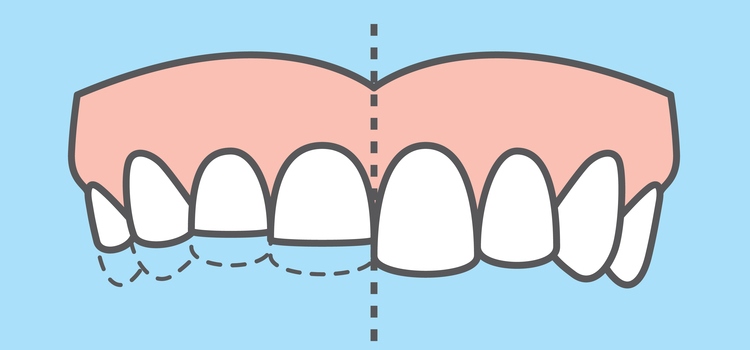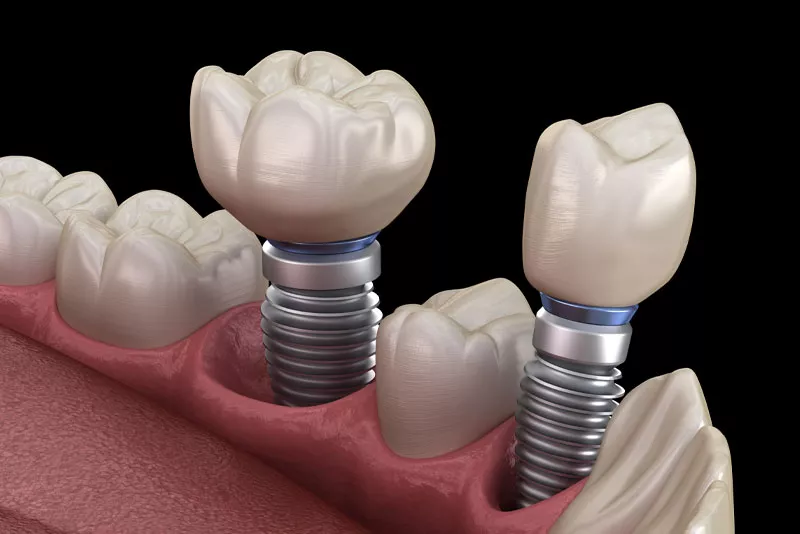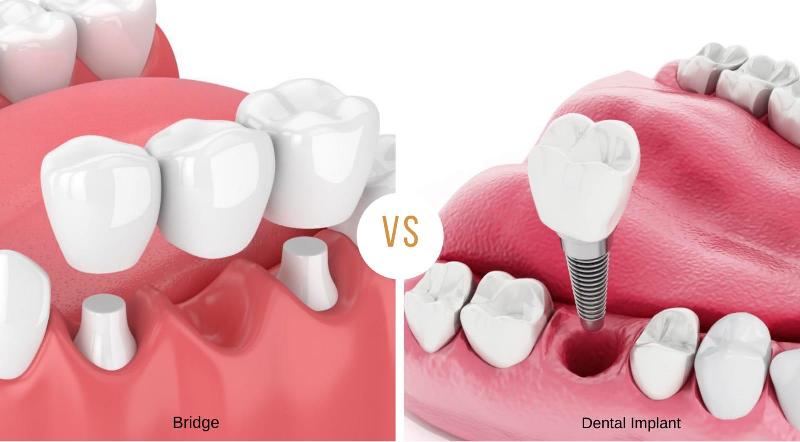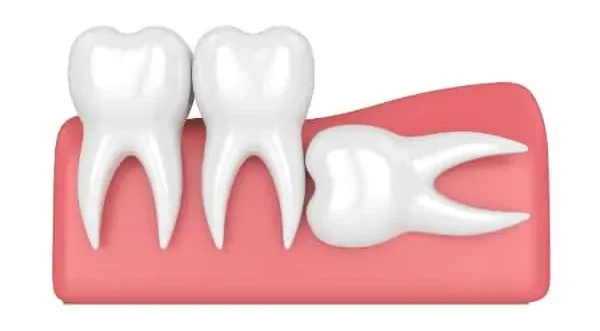
As we grow into adulthood, we often face a dental rite of passage: the emergence of our wisdom teeth. Wisdom teeth are the third set of molars that typically emerge in the late teenage years or early adulthood. However, they often bring with them a host of complications, particularly when they grow in at an angle and become impacted. This can lead to a range of dental problems including pain, infection, and even damage to the surrounding teeth and gum.
Among the various types of impacted wisdom teeth, the horizontal impaction stands out as one of the most troublesome and painful due to its angle of growth.
In the rest of this article, we will explore the causes and symptoms of horizontal wisdom tooth, as well as discuss the best course of action to take if you’re experiencing this dental dilemma. If you suspect that you may have a horizontal wisdom tooth, or are experiencing any discomfort or pain in your mouth, read on to know how you can handle these unwelcome ‘toothy’ troubles
What is a Wisdom Tooth?
The wisdom tooth, also known as the third molar, is one of the last teeth to develop and erupt in the human mouth. It is termed the “wisdom tooth because they generally emerge later in life, often during the late teenage years or early twenties when individuals are presumed to be wiser or more mature. However, the term “wisdom teeth” is colloquial and doesn’t have any medical significance.
Why most people will develop four wisdom teeth (one in each quadrant of the mouth), it is becoming more common for individuals to develop lesser or even no wisdom teeth at all.
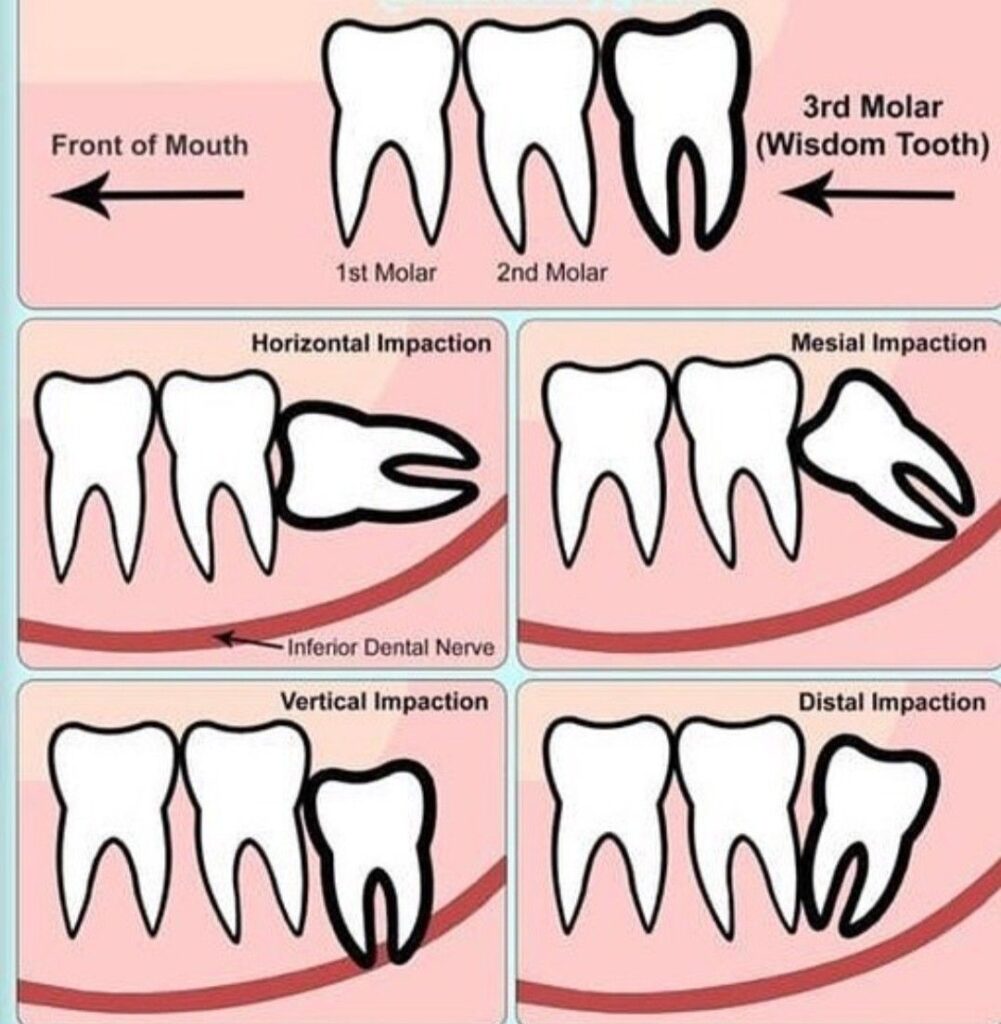
Due to limited space in the mouth, many people experience problems with an emerging wisdom tooth. This is commonly known as impaction.
There are primarily four types of impaction:
- Vertical impaction: The tooth grows straight up and down, but may be partially impacted if there is not enough room in the mouth.
- Mesial impaction: The tooth is angled forward, towards the front of the mouth, and may cause pain and damage to the adjacent teeth.
- Distal impaction: The tooth is angled backward, away from the front of the mouth, and may cause pain and discomfort.
- Horizontal impaction: The tooth is angled parallel to the gumline, towards the front of the mouth, and cause significant pain.
In cases where the wisdom tooth is impacted, or are likely to cause problems in the future, dentists or oral surgeons often recommend their removal to prevent complications.
What is Horizontal Impacted Wisdom Tooth?
A horizontal impacted wisdom tooth is a specific type of impaction that occurs when a wisdom tooth grows horizontally, parallel to the other teeth in the dental arch, instead of vertically. This means that the tooth is positioned sideways, with its root facing towards the adjacent teeth or the back of the mouth, rather than its normal upright position.
A horizontally impacted tooth can be partially or completely trapped within the jawbone or gum tissue. In fact, in most cases, the wisdom tooth, may not emerge at all. As such, only a physical and X-ray examination can determine if you are suffering from horizontal impaction.
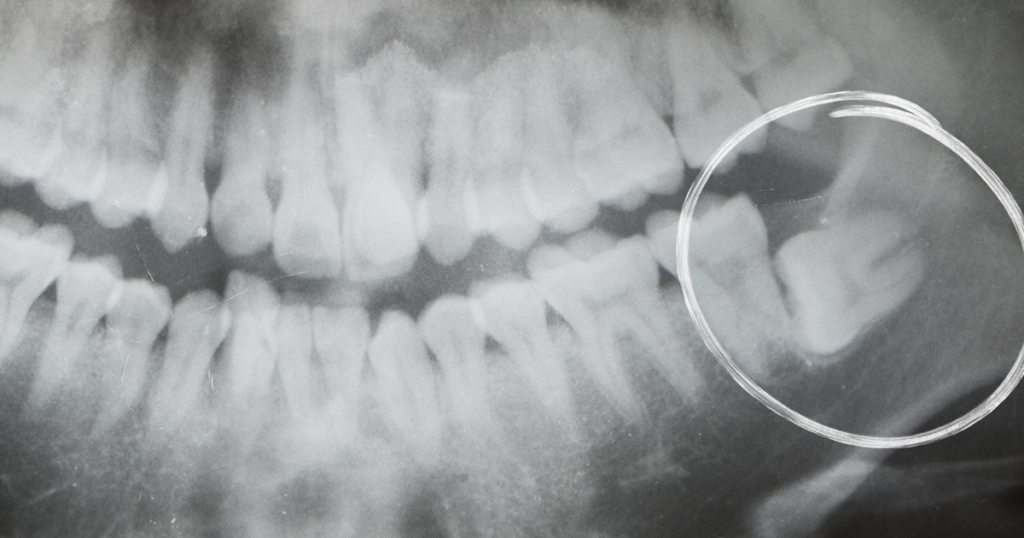
If not taken care of, a horizontally impacted wisdom tooth can cause several problems including:
- Significant pain: An impacted wisdom tooth will push against the adjacent molar, causing pain in the jaw, gums, and surrounding teeth. For a horizontal wisdom tooth, you may experience tremendous pain as the tooth is growing parallel to the gumline.
- Resorption: The pressure from the impacted tooth can cause resorption or erosion of the adjacent tooth’s root structure, increasing the risk of complications.
- Infection: Impacted teeth can lead to gum infection. This is because an impacted tooth create pockets where bacteria can accumulate and toothbrush cannot reach easily.
- Damage to adjacent teeth: The pressure exerted by the horizontal wisdom tooth can cause damage to the adjacent second molar. This is exacerbated by the fact that the horizontal wisdom tooth is exerting perpendicular to the teeth. This can lead to tooth decay and potentially gum diseases like gingivitis or periodontitis.
- Cysts: In rare cases, a fluid-filled cyst or tumor may develop around the impacted tooth, which can damage the jawbone, teeth, or nerves. In such scenarios, extensive treatment may be necessary to remove the cyst and prevent any further medical complications.
Why It Happens?
One of the most common causes of horizontal wisdom teeth is a lack of space in the jaw. Wisdom tooth were once necessary for our ancestors as their diet consisted of tough, fibrous food like plant roots and meat. The extra molars provided additional grinding power, helping our ancestors to break down these tough foods and extract as many nutrients as possible. However, as our diet becomes softer, the third set of molars are no longer required. Through evolution, our jaws became smaller but the number of teeth remained. This led to overcrowding and impaction of the third molars.
A second reason why a wisdom teeth can be horizontally impacted is due to genetic makeup. Genetic factors play a significant role in the development of our teeth and jawbone. This includes the size and shape of our jaws, the size of our teeth, and the positioning of it. Some individuals may have a genetic predisposition to impacted wisdom teeth due to inherited jaw size or tooth positioning.
You may be interested in: When Do Wisdom Teeth Stitches Dissolve and How?
Thirdly, the size of the jaw can lead to a horizontally impacted wisdom tooth. This is due to the fact that there is less room for the teeth to grow and develop properly. As such, the tooth is forced to grow in directions other than ‘up’, resulting in the wisdom tooth becoming trapped below the gum line or growing in a horizontal direction.
Fourthly, it may be due to delayed eruption. If the eruption is delayed, it can increase the chances of impaction. The longer the tooth remains below the gum line, the more likely it is to encounter obstacles and deviate from its normal vertical growth path.
Last but not least, the initial positioning of the tooth bud during its development stage can influence the growth direction of the wisdom tooth. If the tooth bud is situated in a manner that promotes sideways growth, it could lead to the formation of a horizontally impacted wisdom tooth.
Should I Remove a Horizontal Wisdom Tooth?
Removal of a problematic wisdom tooth can prevent further complications and alleviate discomfort. This is even more so for a horizontal wisdom tooth as the tooth will be exerting more force than other types of impacted wisdom tooth.
The extraction of wisdom teeth is a common dental procedure. It is typically performed under local anesthesia, conscious sedation, or general anesthesia, depending on the complexity of the case and the patient’s preferences. The extraction process involves making an incision in the gum tissue, removing any bone that blocks access to the tooth, and extracting the tooth either in one piece or by dividing it into smaller sections.
While it is true that not all impacted wisdom teeth needs to be removed, almost all horizontally impacted wisdom tooth needs to be extracted. As it is likely to be under the surface of the gumline and pushing against the second molar, it requires a skilled oral surgeon to skilfully locate and remove the horizontal wisdom tooth. General anesthesia or IV sedation is usually required in horizontal wisdom tooth removal surgery due to the difficulty of the procedure.
However, the decision to remove a horizontal wisdom tooth should be made after a thorough examination and consultation with a dental professional. They will be able to assess the condition of your tooth, the severity of the impaction, and the risks and benefits of removal. As such, it is important that you maintain regular dental check-ups so your dentist can monitor the progress of your wisdom teeth and plan then next steps to take.
Also to take note, while there is no suggested age for wisdom tooth removal, you should remove your wisdom tooth when you are young to ensure a speedy recovery. Studies have shown that patients who undergo wisdom teeth removal experience a shorter recovery period and less medical complications.
Takeaway
In conclusion, a horizontal wisdom tooth can present unique challenges when compared to other types of impactions. As these teeth grow sideways, parallel to the jawbone, they can cause a range of dental issues, including pain, swelling, infection, damage to neighboring teeth, and the development of cysts or tumors in rare cases.
While the exact cause of a horizontally impacted wisdom tooth isn’t fully understood, factors such as a lack of space in the jaw, genetic predisposition, abnormal growth patterns, delayed eruption, and obstructions can contribute to this condition.
The decision to remove a wisdom tooth depends on several factors, such as the severity of the impaction, the patient’s symptoms, and the potential risk of future complications. Regular dental check-ups are essential in monitoring the progression of wisdom teeth and addressing any issues early on.
If an extraction of the horizontal wisdom tooth is deemed necessary, your dentist or oral surgeon can provide personalized advice on the best course of action. After the dental procedure, you should adhere to instructions by the clinic and go on a soft diet for the first week or two to speed up yo
